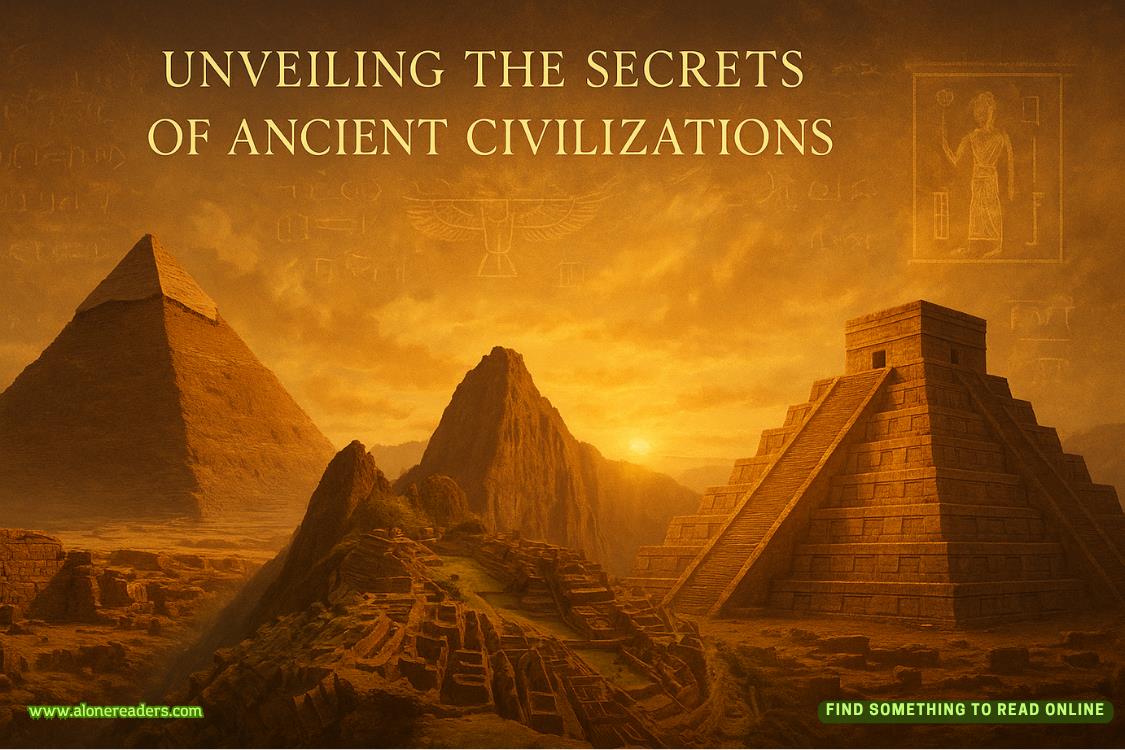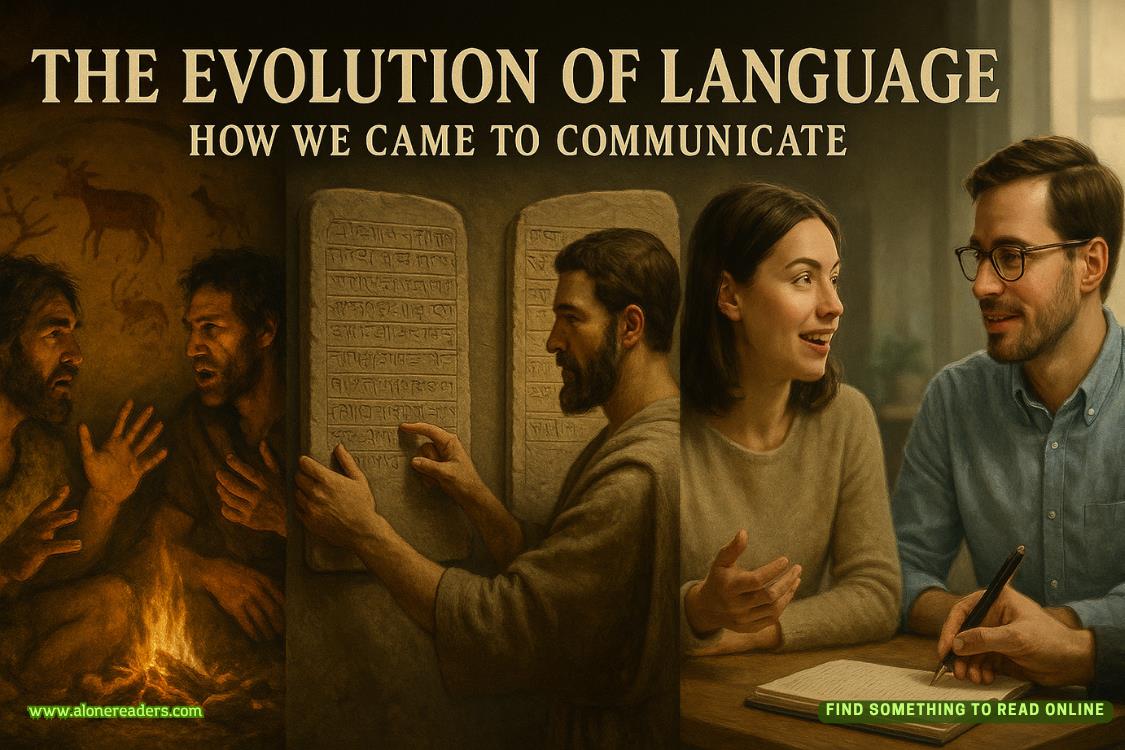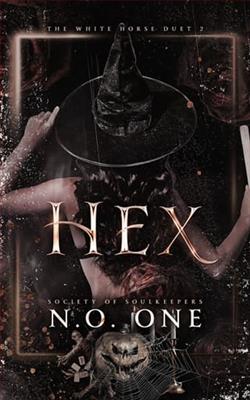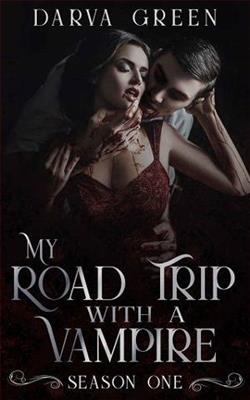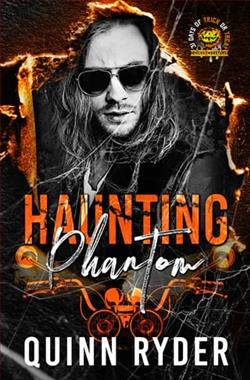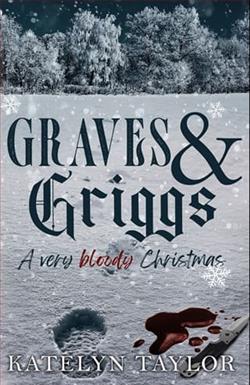Page 159 of W is for Wasted (Kinsey Millhone 23)
“It’s fine. I’m afraid I’ll have to ask your name again.”
I said, “Kinsey. The last name is Millhone.”
We shook hands across the desk and then he gestured me into a chair. His grip was warm, quick, and firm. Nothing to complain about there. I’d taken an instant mental picture of him. Early thirties, with a full, open countenance, blue eyes, something close to a pug nose. Nice smile, good teeth, and a thick head of pale brown hair that was tinted with gold. Angled on his desk was a wedding photograph. There he stood, decked out in a tuxedo with a gorgeous young girl clinging to his arm. Judging by the sunlight, it was summer, but of course I couldn’t tell if it was the one just past or one previous. I recognized the gardens at the Edgewater Hotel, which was probably where they spent their first night before embarking on their official honeymoon. I propelled them like Ken and Barbie paper dolls, first to the south of France, then to Fiji. Then I pictured them in the Swiss Alps, flying down the ski slopes in expensive matching outfits. Did it snow midsummer in the Alps? I hoped so. Otherwise, their little paper legs would get all bent and torn.
The bride was slim and blond in a strapless wedding gown as tight as swaddling and a veil that had lifted in the breeze. She, too, was all blue eyes and honey. Everything about her spoke of money, including her wedding and engagement rings, which were clearly visible—diamonds too large and too numerous to miss.
I realized Dr. Reed was waiting for me to speak. I was at a disadvantage in that I was anticipating him, but he had no idea I’d be coming in to speak with him. I gave his secretary high marks for retaliation. She’d put me in the position of having to explain myself while I was hoping she had paved the way for me by blabbing my business in advance.
“I’m sorry to catch you off guard,” I said. “I had a nice long chat with your secretary Tuesday, which is when she made the appointment. She sounded like she was right on top of things . . .”
I let my voice trail off briefly and gave him an eloquent look expressing my sympathies that he was at the mercy of someone incapable of so simple a task.
His smile was perplexed and his shrug didn’t amount to much. “I’m not sure what went wrong. She’s usually efficient.”
I said, “Ah, well. I know your time is limited so I’ll tell you why I’m here.”
“No rush. I have the morning free. What can I help you with?”
He seemed so relaxed and confident, I became curious what would happen when I mentioned Terrence Dace.
“I was hoping to talk about my cousin, who died week before last. I believe he was enrolled in a study you’re running, but I’m not sure if you’ll remember the name.”
“There are only forty participants in this phase of the study and I know most of them well,” he said. “If this is Terrence you’re referring to, I should tell you how sorry I was to lose him. Aaron Blumberg called as soon as he learned he’d been under my supervision.”
“I’m glad you spoke to Aaron. I was worried I’d have to start from scratch and explain everything. I know you can’t discuss my cousin’s health issues . . .”
“I don’t know why not. Aaron said he’d already gone over autopsy and lab reports with you, so you know about as much as I do at this point.”
“Well, I doubt that,” I said. “I have questions, but I don’t want to violate doctor-patient privilege.”
“I knew Terrence primarily in my role as researcher. I wasn’t actually his doctor if it comes right down to it. I can’t claim we had any long heart-to-heart talks, but I know he was a smart and talented man. Take a look at this.” He leaned to one side, opened his desk drawer, and removed a four-by-six-inch folio that bore Dace’s characteristic printing style, neat and uniform. He handed it across the desk.
“Roadside Plants of Southern California.” Like the other folios he’d done, the small hand-bound booklet was no more than sixteen pages. I smiled as I leafed through it. Some of the illustrations were done in pen and ink, and some in colored pencil; chokeberry bushes, wild cucumber, saltbush, and a plant called Nolina parryi identified by name. There were thirty or forty more. Each delicate drawing was accompanied by a brief description. “He gave you this?”
“I asked if I could borrow it. I don’t think he meant me to have it on permanent loan. You can take it if you like.”
“I would. Thanks. He left one of these to each of his children—different subjects, of course. I don’t know if you’re aware of this, but he was estranged from his family when he died. One of the reasons I came in was in hopes of taking away something that might soften the blow.”

